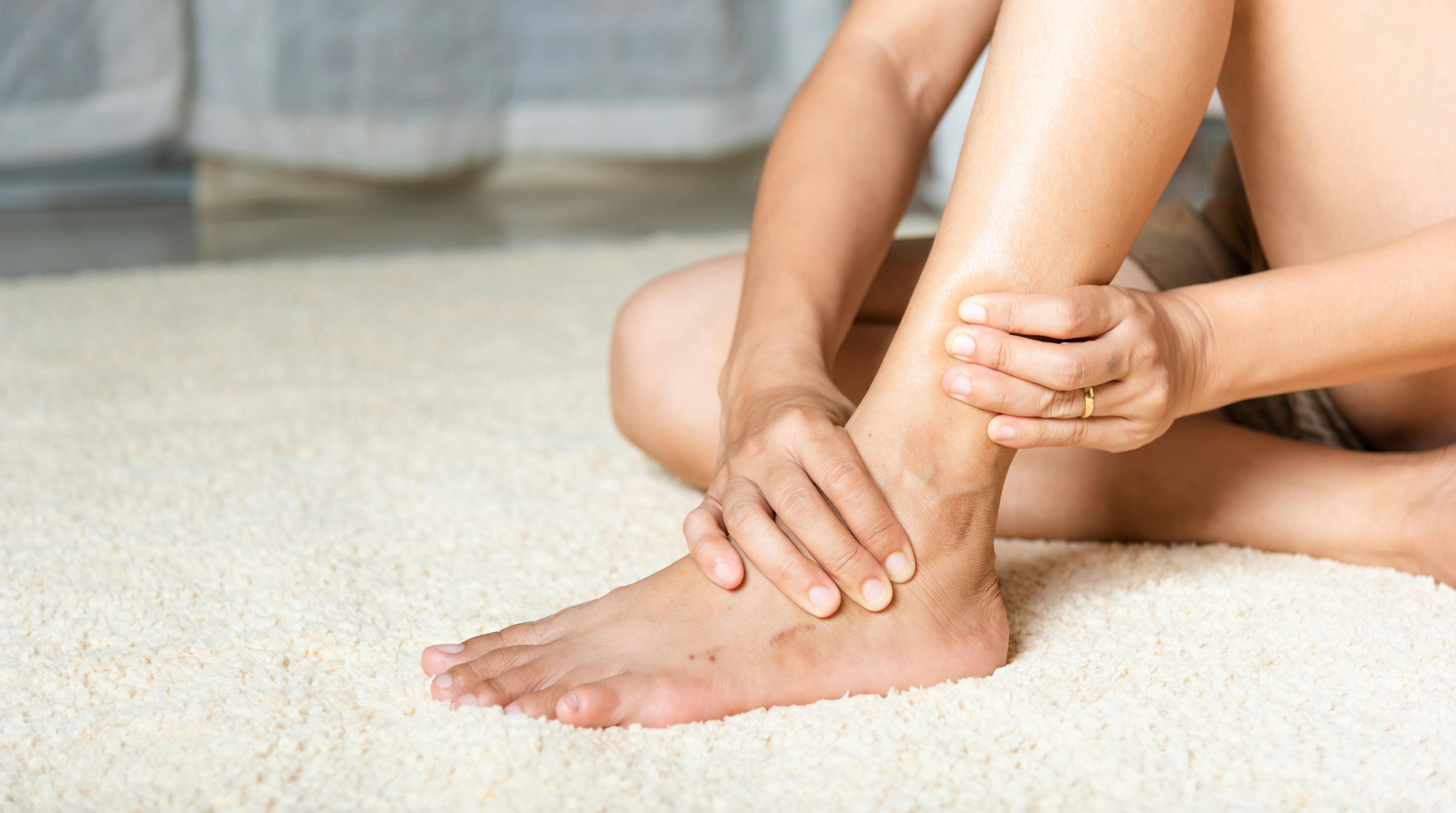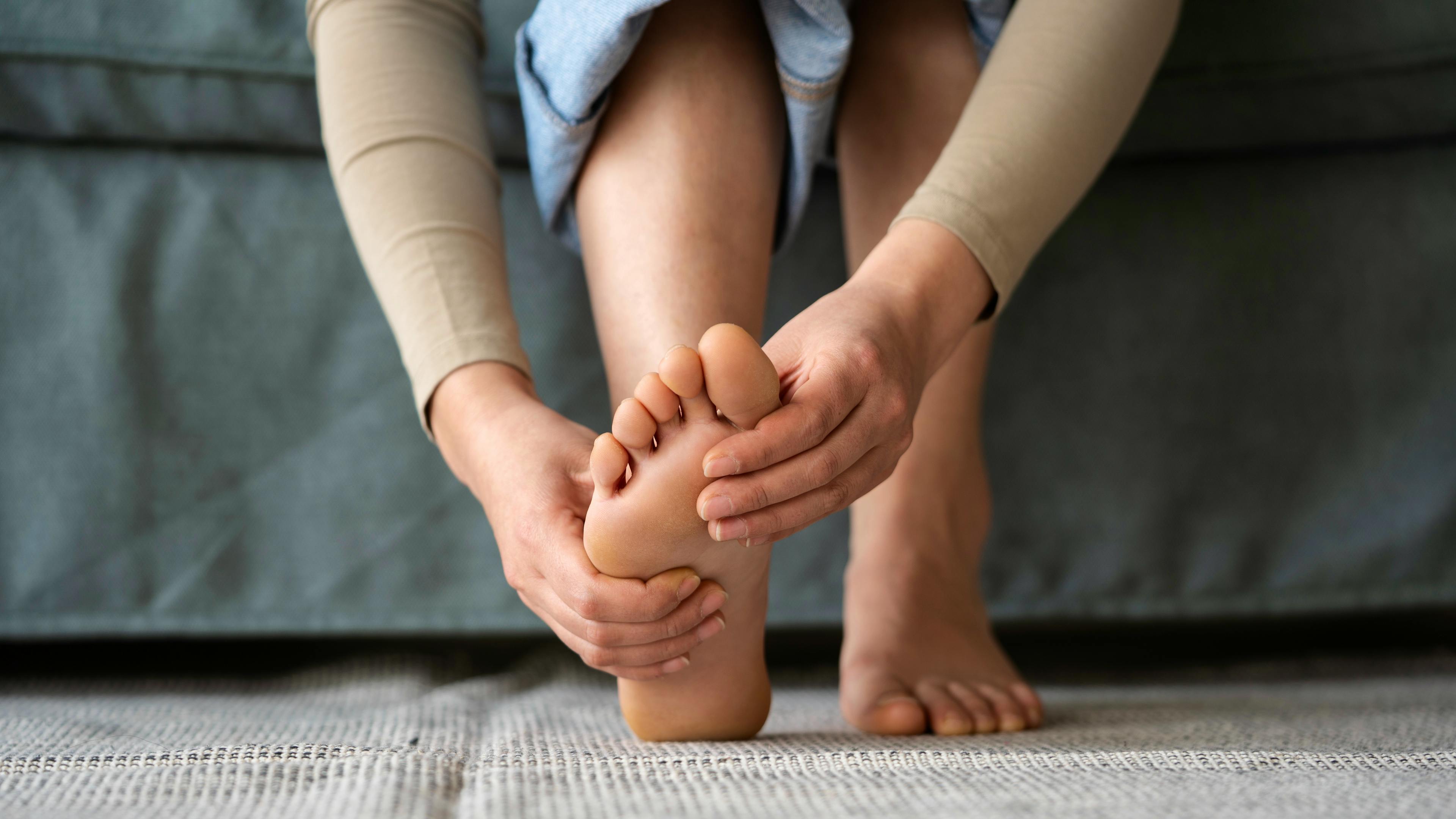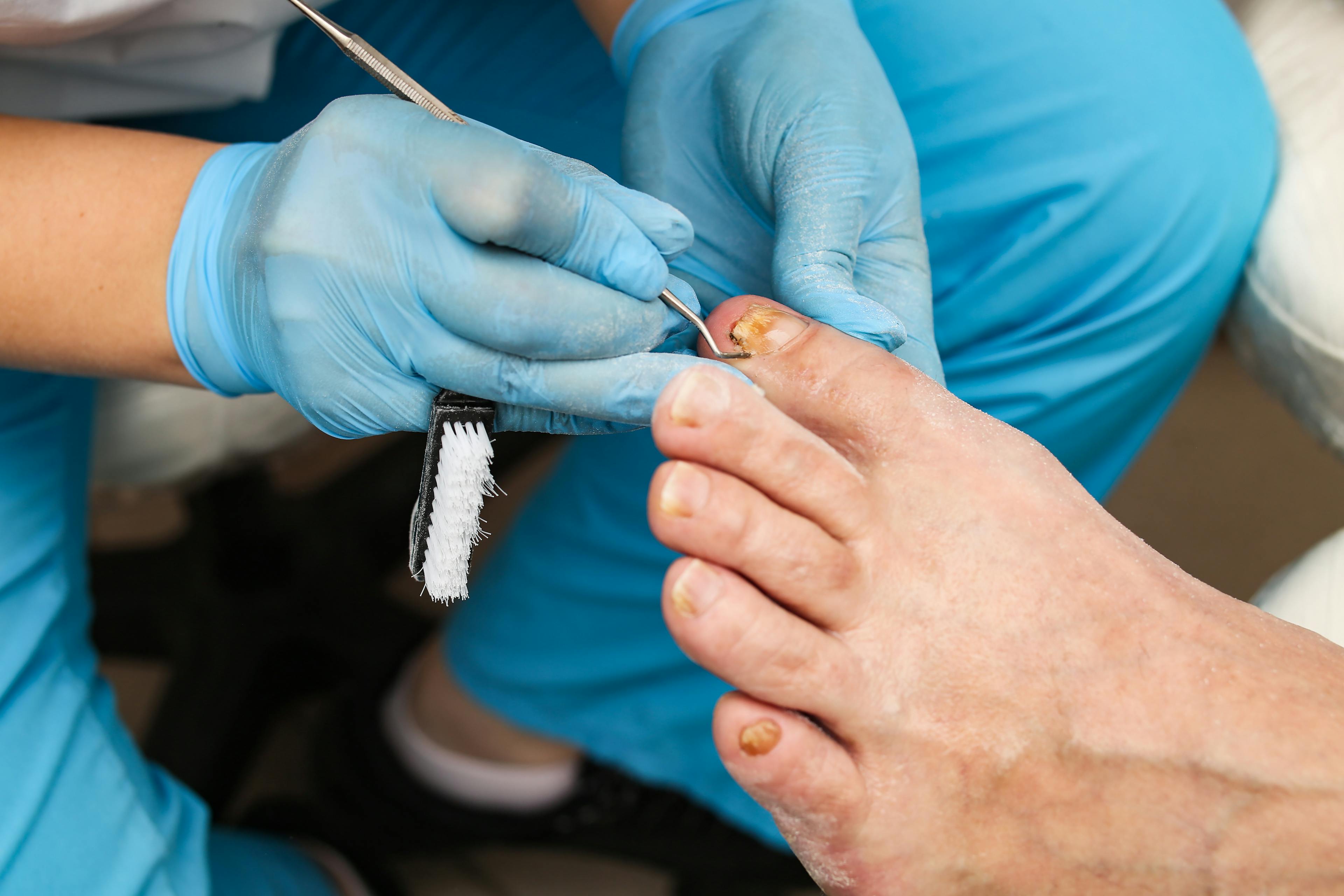Arthritis in the foot and ankle is a common condition that causes joint pain, stiffness, and reduced mobility. It occurs when the protective cartilage that cushions the bones wears down, leading to inflammation and discomfort.
With over 30 joints in the foot and ankle, arthritis can affect any of them, causing symptoms that range from mild irritation to severe mobility challenges.
Identifying arthritis early allows for better management, helping you stay active and maintain mobility. With the right treatment, many people experience reduced pain and improved joint function, making daily activities easier.
This article covers the causes, symptoms, and treatment options available to help you make informed decisions about your foot and ankle health.
What is Arthritis in Ankle and Foot?
Arthritis in the ankle and foot refers to joint inflammation and degeneration, leading to pain and joint stiffness. It can result from aging, injury, or autoimmune diseases that damage joint tissues, such as rheumatoid arthritis (RA), psoriatic arthritis, or lupus. Over time, arthritis can make walking, standing, or completing everyday tasks more difficult.
While arthritis can affect any joint in the body, the foot and ankle are particularly vulnerable due to the constant pressure they endure. For this reason, understanding the symptoms and available treatment options can help you manage your condition better and slow its progression.
Foot & Ankle Arthritis Symptoms
Arthritis in the foot and ankle often starts with mild discomfort that gradually affects movement. Common symptoms include:
- Pain in the Joints – A deep, aching pain that worsens with movement or prolonged standing.
- Swelling and Inflammation – Joints may appear swollen, feel warm, or look red, especially after activity.
- Stiffness – A tight or restricted feeling in the joints, most noticeable in the morning or after long periods of rest.
- Joint Deformity – Structural changes, such as misaligned toes or a more pronounced bony prominence may develop over time.
- Difficulty Walking – Pain and stiffness in the joints can make it harder to walk on uneven surfaces or remain on your feet for long periods.

Types of Foot & Ankle Arthritis
Osteoarthritis
The most common type of arthritis, osteoarthritis, affects the foot and ankle as cartilage gradually breaks down. As cushioning deteriorates, bones rub against each other, leading to pain, stiffness, and swelling. This type often results from aging, repetitive stress, or long-term weight-bearing activities.
Rheumatoid Arthritis
Rheumatoid arthritis is an autoimmune disease where the immune system mistakenly attacks joint tissues, causing inflammation, pain, and stiffness. It often affects multiple joints symmetrically and may lead to long-term joint damage, fatigue, and other systemic symptoms.
Post-Traumatic Arthritis
Injuries such as fractures, sprains, or dislocations can cause post-traumatic arthritis, sometimes years after the initial injury. Damaged cartilage may wear down faster, resulting in pain, swelling, and stiffness. Athletes and those with physically demanding jobs are at higher risk of developing post-traumatic arthritis.
Infections
Infections can sometimes contribute to joint inflammation, requiring further testing to determine if an underlying infection or autoimmune condition is causing joint pain.
How Foot & Ankle Arthritis is Diagnosed
A podiatrist or orthopedic specialist will evaluate symptoms and may recommend the following tests:
- Physical Examination – Checks for swelling, tenderness, joint stiffness, and range of motion. Gait analysis may be performed to assess movement.
- X-Rays – Identify bone changes, cartilage loss, deformity, and joint space narrowing in the foot and ankle joints.
- MRI or CT Scans – Provide a detailed view of bone soft tissue, ligament damage, and inflammation.
- Blood Tests – Helps detect autoimmune conditions like rheumatoid arthritis or elevated uric acid levels linked to gout.
How to Treat Arthritis in Foot and Ankle
Treatment focuses on relieving pain, improving mobility, and preventing further joint damage. While many find relief with non-surgical treatments, severe cases may require surgery.
Non-Surgical Treatments
For many patients, arthritis management begins with conservative treatments, such as:
- Pain Management (NSAIDs, Corticosteroid Injections) – Over-the-counter NSAIDs such as Advil, Motrin, or Aleve help reduce inflammation and pain. In more severe cases, corticosteroid injections provide targeted relief by reducing joint inflammation.
- Physical Therapy – Strengthens muscles around the joint, restores flexibility, and enhances mobility. Therapists may also recommend balance exercises to reduce joint strain.
- Orthotic Devices & Supportive Footwear – Custom orthotics and well-fitted shoes help redistribute pressure, reduce joint strain, and increase stability.
Surgical Treatment Options
If conservative treatments fail, surgery may be recommended. Options include:
- Arthroscopy – A minimally invasive procedure that removes damaged cartilage and debris to improve joint function.
- Joint Fusion (Arthrodesis) – Fuses bones together to eliminate painful movement and stabilize the joint.
- Ankle Replacement Surgery – Replaces a damaged joint with an artificial implant to restore mobility and relieve pain.
FAQs
Arthritis cannot be reversed, as it involves the breakdown of joint cartilage. However, treatments like physical therapy, medication, and orthotic support can help slow its progression and manage symptoms.
If you have persistent joint pain, stiffness, and swelling that worsens with activity or after periods of rest, arthritis could be the cause. A doctor can confirm the diagnosis through a physical exam and imaging tests like X-rays.
You should see a doctor if foot or ankle pain significantly disrupts your daily activities, limits mobility, or worsens over time. The sooner you get an evaluation, the easier it is to manage and restore foot and ankle function.
Arthritis in the foot often feels like deep, aching pain, stiffness, and swelling in the affected joints. Some people may also experience a grinding sensation or reduced range of motion, making walking or standing for long periods uncomfortable.
Pain relief strategies include NSAIDs like ibuprofen or advil, applying heat or ice packs, wearing supportive shoes, and engaging in low-impact activities like swimming or cycling regularly. In severe cases, corticosteroid injections or surgery may be necessary.





